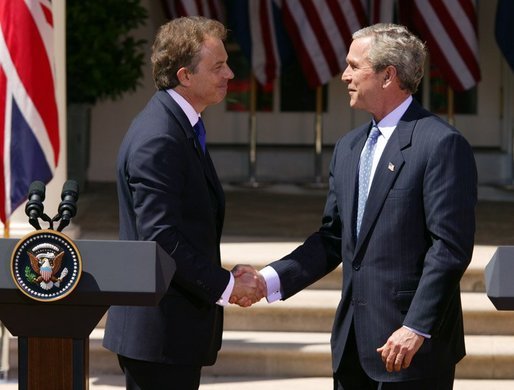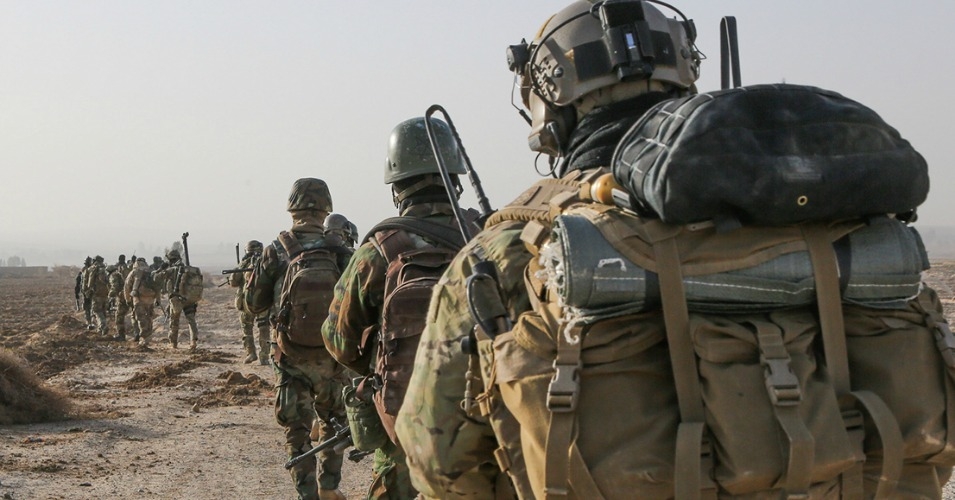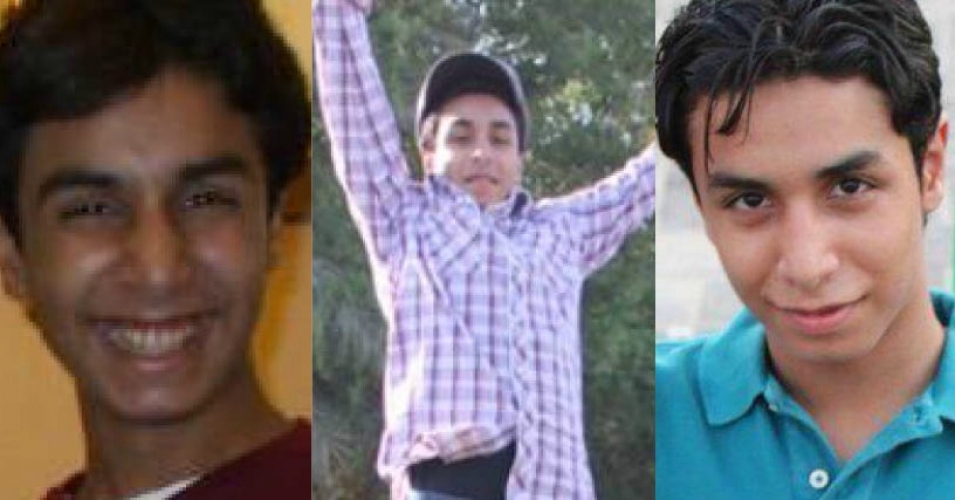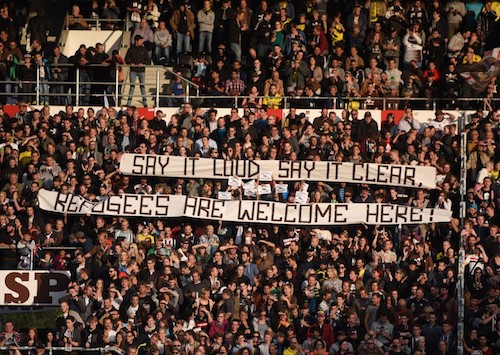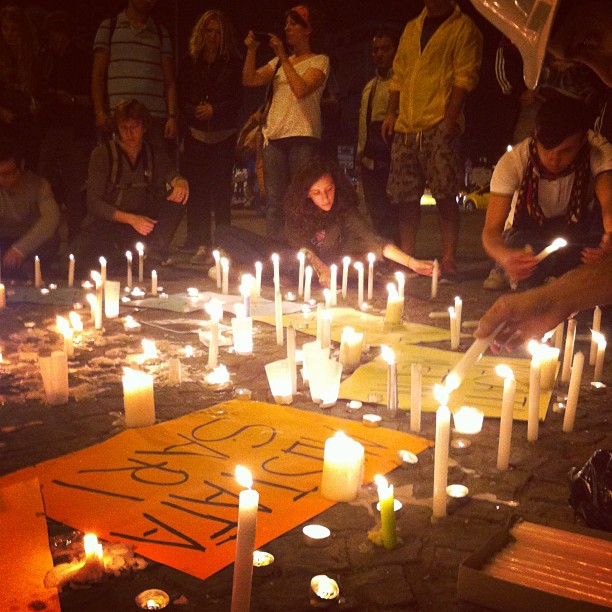Terry sat in his middle school principal’s office knowing that in a few short minutes, he would be feeling the pain and humiliation of being paddled.
No parent, administrator or teacher should find this scenario acceptable. Yet, every school day, an estimated 838 students like Terry receive corporal punishment in American schools. Nineteen states still allow corporal punishment, despite research that clearly indicates such public humiliation is ineffective for changing student behavior and can, in fact, have long-term negative effects.
For a decade I have studied approaches that are effective for promoting appropriate student behavior. And as a teacher for a dozen years, I experienced personal reward as well as pride in my students, as they learned and used appropriate behaviors. I have not come across a single valid study that showed any positive effect of corporal punishment.
A form of child abuse
Corporal punishment is a method of responding to student misbehavior wherein an adult uses a wooden board to strike a child on the buttocks in order to inflict pain.
The harm done by corporal punishment is well-recognized by many school administrations across the US. Professional organizations across disciplines including the American Psychological Association, National Education Association, American Bar Association and National Association of School Nurses have called for ending corporal punishment.
In fact, the American Bar Association condemns the practice in the following words:
Institutional corporal punishment of children should be considered a form of child abuse that is contrary to current knowledge of human behavior and sound educational practices.
Yet, the use of corporal punishment continues.
In a recent study, my colleagues and I asked 27 principals from Florida Title I schools about their thoughts on using corporal punishment. Title I schools are those that may receive state funding due to “high numbers or high percentages of children from low-income families.”
Through our other research, we found that schools with students from poor families use corporal punishment more often than schools in more affluent areas. So, we interviewed these principals individually for over an hour.

Many school principals believe in corporal punishment as a way of disciplining kids. USAG Vicenza, CC BY-NC
Sadly, despite all evidence to the contrary, many principals do believe that corporal punishment is effective for some students. Also, principals cite pressure from parents as a primary reason for using corporal punishment. Despite the science, the idea that corporal punishment is effective, “Because that’s how I was raised,” pervades the discussion.
However, given the research, perhaps a better view is, “I am ok despite corporal punishment and not because of corporal punishment.
More suspensions in schools with corporal punishment
The acceptance of corporal punishment can create an environment in which schools approach student misbehavior in a reactive and punitive manner.
In Florida, for example, schools in districts that allow corporal punishment enforce more suspensions and expulsions than schools districts that do not allow it.
Harsh punitive approaches to student behavior problems can result in student alienation from school. A host of problematic student behaviorsare related to such alienation, including disruptiveness, absenteeism, low achievement and social withdrawal.
Research shows that students who have a sense of being connected to school and teachers have lower rates of depression, social rejection and violence, as well as greater academic achievement.
The way forward
So, what can be done?
First, we need to provide information about the effects of corporal punishment to parents, teachers and administrators in a manner that is effective. The conversation must be redirected toward the science that shows corporal punishment has negative effects, in the same way that we use science to deter youth from smoking cigarettes. The harm that cigarettes have had on previous generations is acknowledged and shape our approach to youth today.
One would never consider promoting smoking to our children because we smoked as teenagers.
Second, the same needs to be done with legislators in all 19 states. They need to learn about the very real harm that use of corporal punishment can have on youth.
Third, we must acknowledge the importance of banning corporal punishment within a larger reform movement focusing on schools’ approach to student behavior. Nationally, male and African-American students are disproportionately punished, suspended and expelled. This trend is particularly pronounced in schools in the southern states that allow corporal punishment. A comprehensive plan requires consideration of these important facts.
As parents, teachers, administrators and concerned adults, we all want to see our children thrive in school and in society. It is time for us to acknowledge that corporal punishment is not an effective tool for our schools. As we do that, we also need to be careful that we do not replace corporal punishment with yet another form of reactive and ineffective approach.
About the Author:
Associate Professor of School of Special Education, School Psychology, & Early Childhood Studies, University of Florida.
Disclosure Statement:
Joseph Gagnon receives funding from the Southern Poverty Law Center.
Published 10-20-15 by The Conversation under a Creative Commons Attribution Nonderivitives license.



